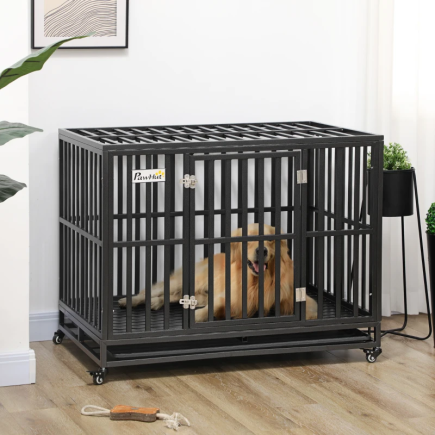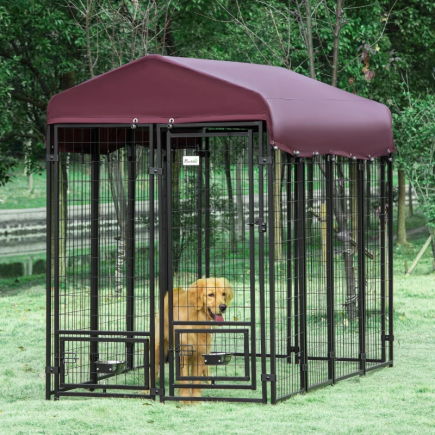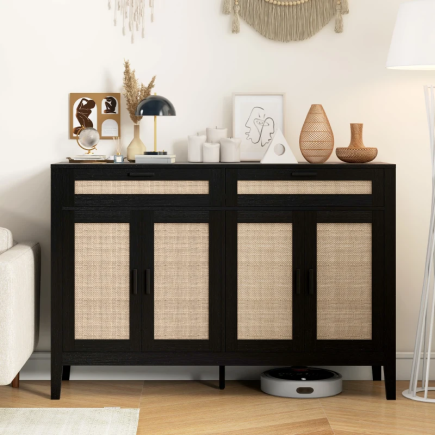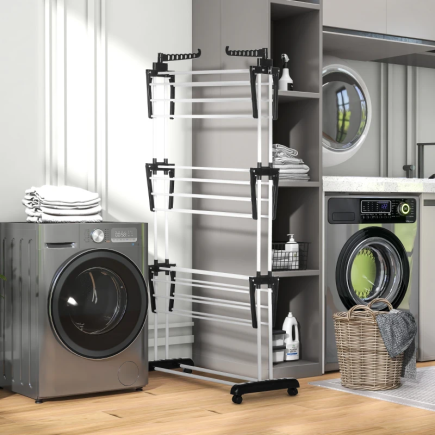Electric fireplaces are becoming a popular alternative to traditional heating systems. They’re easy to install, safe, and don’t require chimneys or fuel. However, when it comes to choosing the right one, understanding the differences between infrared and standard electric fireplaces is key.

Both types are powered by electricity and often offer similar flame effects, but how they operate, how quickly they heat a room, and how they impact your comfort can vary significantly. This article breaks down the critical differences so you can choose the best option for your needs.
What Sets Infrared and Electric Fireplaces Apart
The core difference between these two types lies in how they deliver heat:
- Infrared fireplaces emit radiant heat that directly warms people and objects in its path, similar to how sunlight heats the skin.
- Standard electric fireplaces, typically fan-forced, heat the air and circulate it throughout the room.
This distinction affects heating speed, room suitability, and overall comfort.
Heating Delivery: Direct Heat vs Ambient Warmth
Infrared Fireplaces
Infrared fireplaces warm people and surfaces directly much like the sun. This makes them ideal for targeted, spot heating. The warmth is immediate, but it doesn’t fill the whole room. The further you are from the unit, the less effective the warmth.
Electric Fireplaces
Standard electric models warm the air in the room. The heat circulates gradually, which makes the warmth more even and widespread throughout the space. It’s perfect for maintaining a consistent, comfortable room temperature over time.
Heating Speed: Instant Comfort vs Gradual Warmth

- Infrared Fireplaces provide immediate heat as soon as they are turned on, making them ideal for quickly warming up a space.
- Electric fireplaces take around 15 to 30 minutes to noticeably raise the room’s temperature. However, once the air is warmed, the comfort is more consistent.
For instant comfort in a specific area, infrared works best. For long-lasting, even warmth across a room, electric models excel.
Heat Retention: What Happens After You Turn It Off
Electric Fireplaces
The warmth created by fan-forced models tends to linger because the air retains heat. Even after turning off the unit, you can still enjoy residual warmth for a while. This is especially useful for bedrooms or spaces where you want comfort without running the unit all night.
Infrared Fireplaces
Once the unit is turned off, the warmth fades quickly because it only heats objects and people, not the air. There’s no residual warmth unless the unit is on.
Use tip: If you need to maintain warmth in the room after turning the unit off, electric models are more suitable.
Room Size Compatibility: Best Fit for Your Space
Infrared Fireplaces
These work best in large, open spaces or rooms with high ceilings, where heated air tends to rise and disperse. They are also great for targeted heating, so if you need to heat a specific area, infrared is ideal.
Electric Fireplaces
These are better for smaller to medium-sized rooms such as bedrooms or home offices. The air circulation works efficiently in closed spaces, ensuring even heat distribution.
Consider this: If you’re looking to heat a large, open area, infrared is a more effective choice. For smaller, enclosed rooms, electric models are better suited.
Energy Efficiency: Short Bursts vs Extended Use
Both models are more energy-efficient compared to traditional heating, but they differ in how they consume power.
- Infrared fireplaces heat up quickly and can be turned off sooner. This makes them more energy-efficient for short, spot heating sessions.
- Electric fireplaces take longer to heat the room, but they use slightly less wattage per minute. However, running them for longer periods can result in higher energy consumption.
Energy tip: Use infrared for short-term heat in larger spaces. For longer, steady warmth, electric units are better, though they may consume more energy over time.
Air Quality and Humidity: Comfort Beyond Temperature
Infrared Fireplaces
Since infrared units don’t blow or circulate air, they don’t affect humidity. This is beneficial if you’re sensitive to dry air, which is common in homes during the winter.
Electric Fireplaces
The warm air circulated by electric fireplaces can lower indoor humidity over time. While not as severe as some forced-air systems, this can cause discomfort for those prone to dry skin or respiratory issues.
Recommendation: If maintaining humidity in the room is important, infrared fireplaces offer a more comfortable solution.
Noise: Quiet or Audible
Electric Fireplaces Noise

Fan-based models create a soft hum due to the internal blower. It’s usually not loud, but it may be noticeable in quiet settings such as bedrooms or study rooms.
Infrared Fireplaces Noise

Infrared models operate silently since they don’t use a fan to circulate the heat. This makes them a perfect choice for spaces where silence is crucial like meditation rooms, nurseries, or home offices.
Visual Appeal: Aesthetic Features and Flame Effects
Electric Fireplaces
Standard electric models often come with realistic flame effects, glowing embers, and customizable lighting options. Many allow you to enjoy the flames without the heat, making them a great addition to your home décor even when it’s warm outside.
Infrared Fireplaces
These models are typically simpler in design and focus more on performance than aesthetics. While some offer flame effects, they are generally not as realistic or customizable as those in electric units.
Tip: If flame realism is important and you want the unit to be part of your décor, choose an electric fireplace. Infrared models are more functional and less decorative.
Cost Range: Affordable Options vs Performance-Based Models
While prices can vary by size, features, and brand, here’s a basic breakdown:

- Electric models tend to offer more budget-friendly options, with basic models priced on the low end and premium options on the high end.
- Infrared fireplaces are generally higher-priced, reflecting their advanced heating technology.
In General:
- For a budget-friendly, functional heat source with added aesthetics, choose an electric fireplace.
- If you prioritize faster heating and long-term efficiency, infrared models may justify the higher cost.
Which One Is Right for You?
Choose an Infrared Fireplace if:
- You need instant warmth in a specific area
- You have a large, open room or high ceilings
- You want quiet operation
- You are sensitive to dry air or allergies
- You use the fireplace for short, focused sessions
Choose a Standard Electric Fireplace if:
- You want even warmth across the room
- You appreciate decorative flame effects
- You’re heating a small to medium-sized room
- You plan to use it for extended periods
- You want a lower-cost option that still provides comfort and style
Both infrared and standard Electric Fireplaces offer efficient, safe, and stylish heating options, but they cater to different needs. Infrared fireplaces are great for quick, targeted heat, especially in large rooms, while electric models excel at providing consistent warmth and decorative appeal.
By understanding how each works and what features matter most to you, you can confidently select the fireplace that best fits your space and lifestyle. Whether you prioritize instant heat, energy savings, or ambiance, there’s a perfect option waiting for you.
FAQs
1. Can I use an infrared fireplace in a room with high humidity?
Yes, infrared fireplaces are great for high-humidity rooms because they don’t blow air, which helps maintain natural moisture levels. This makes them ideal for users sensitive to dry air or allergies, especially during colder months.
2. Can I use an infrared fireplace outdoors?
While most infrared fireplaces are designed for indoor use, some are built to handle outdoor conditions. Be sure to check the manufacturer’s specifications to confirm that the unit is weather-resistant and safe for external environments like patios or balconies.
3. Do infrared fireplaces provide heat for the whole room?
Infrared fireplaces are best for targeted heating, providing warmth to people or objects directly in front of them. They don’t heat the entire room, so they’re better suited for smaller spaces or areas where you’re positioned near the unit.
4. Are infrared fireplaces safer than standard electric models?
Both models are safe, but infrared fireplaces are often considered safer for households with children or pets because they don’t use fans or moving parts. Both types also feature overheat protection and auto shut-off for extra security.























